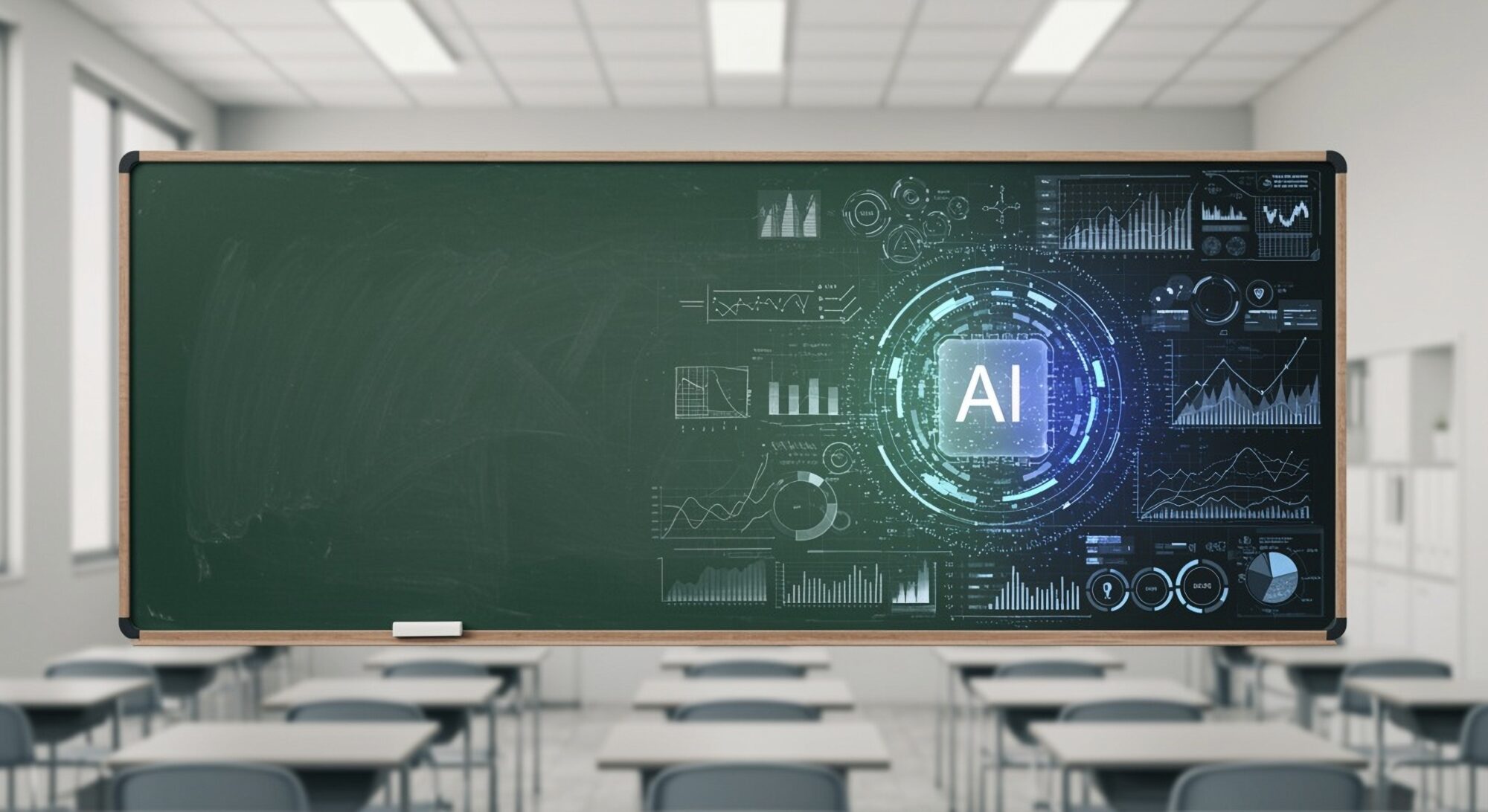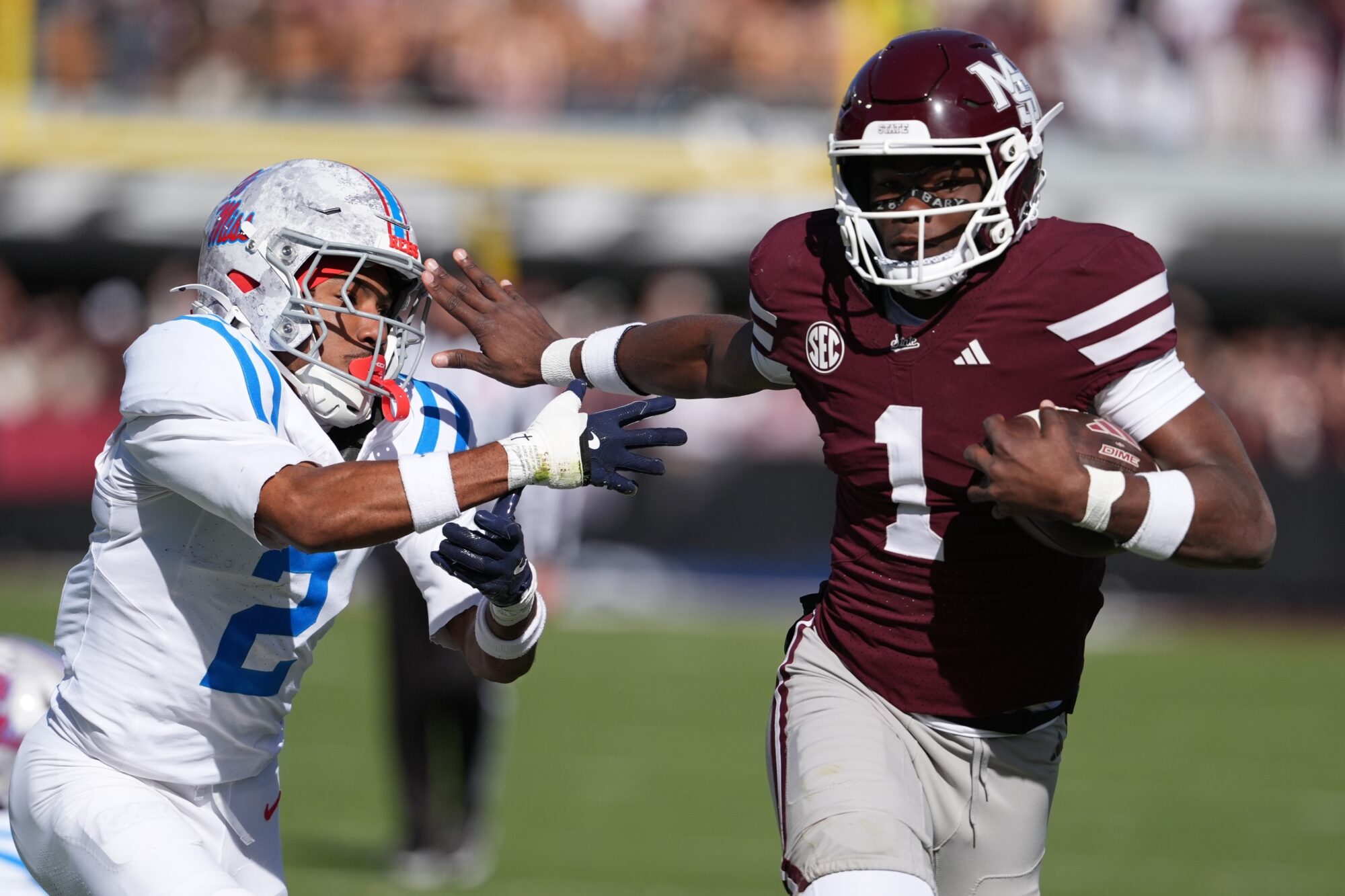
(Photo from North Panola School District Facebook page)
North Panola, among other districts, was part of a recent PEER report that showed students were not as proficient in assessments as grades reflected.
One local Mississippi school district superintendent is sharing some of the reasons grade inflation was seen in his schools, as noted in a recent Joint Legislative Committee on Performance Evaluation and Expenditure Review, or PEER, report.
RELATED: PEER report shows instances of grade inflation, mastery decline in Mississippi schools
Chad Spence, Superintendent for the North Panola School District, told Magnolia Tribune the major reason his school district showed grade inflation was due to the effects of the COVID pandemic causing students to be behind in their lessons.
Spence noted rates in third grade math and English Language Arts as examples. North Panola School District showed a third grade math grade inflation rate of 57 percent and a third grade English Language Arts inflation rate of 79 percent, according to the PEER report.
Spence said he became superintendent of the North Panola School District in 2022, the school year reviewed as part of the report. He said that was the year when his district was getting most of the students back in the classroom instead of learning remotely. When they returned to class in 2022, most of the students were a grade or two behind in their lessons, meaning third graders at the time were reading on a first or second grade level. The same was true with math skills, Spence said.
As a result, the remediation process involved third graders, at times, being taught subject matter that was a grade level or two lower. This led to the students showing strong daily grades, but they were still behind by a grade level or more. As a result, when they took the state assessment test the results did not indicate third grade proficiency in math and English.
“In other words, when they came back from COVID to third grade, after they’ve been in kindergarten, then they were virtual all in first grade. Some of them didn’t come back to school until the third grade, before that they were doing virtual work,” Spence explained. “So, with that being said, you were getting daily grades that they were being graded upon that would have shown mastery in skills maybe a grade behind. But when they took the state testing for third grade, they weren’t quite mastering third grade work because we were trying to fill in the gaps from the time being out virtual.”
He contends that while the results indicate a lack of growth in the district’s students, gains were being made, but that growth was in the remediation of skills not learned during virtual lessons offered while schools were closed.
“They probably should have been retained, to be quite frank with you,” Spence said. “You’re seeing kids that might start third grade on the first grade level, but then moved up to a second grade level, but not high enough so that they score the highest of the third grade state test.”
The school district was also dealing with a teacher shortage. Spence said right after the schools reopened after the pandemic, two of their five third grade classrooms were staffed by teacher assistants or substitutes for about two months while replacements were being sought. Those classrooms were without a certified teacher from January to about the beginning of March.
Since his district is in a rural area, and as such is not able to provide the levels of pay other districts offer, Spence said the most proficient of teachers at times take jobs at larger, neighboring districts, such as Oxford, Southaven, or Desoto County, and even South Panola.
“So, we have a hard time keeping and retaining good teachers,” Spence said.
The teacher shortage at the time led to some students being moved to other classrooms staffed with certified teachers, effectively increasing that class size to about 29 students.
“This year we have all positions filled, so I feel good about this year,” Spence added.
He also feels assessment scores will see improvement come this year.










